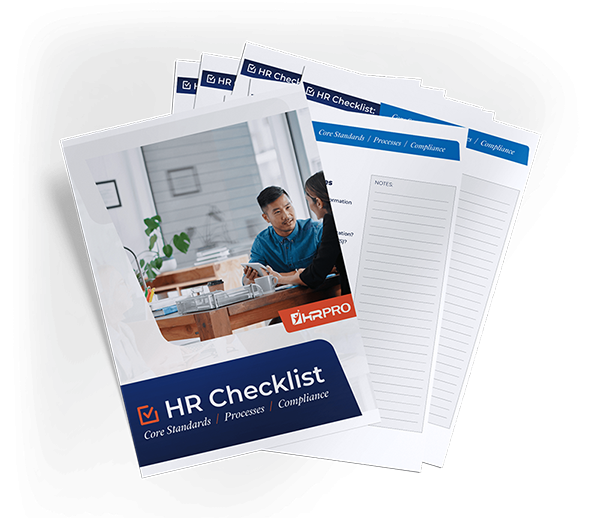American Rescue Plan Act:
Frequently Asked Questions
The ARPA Subsidy applies only to coverage for Assistance Eligible Individuals (AEI). To qualify as an AEI under ARPA, the COBRA participant must meet ALL of the following:
- The QE was either Involuntary Termination, or Reduction in Hours. (None of the other COBRA qualified QEs are eligible for the ARPA Subsidy.)
- The QB is not eligible for Medicare or any other medical coverage, save for excepted benefits such as dental and vision.
- The QB is enrolled in COBRA as of April 1, 2021 or elects COBRA between April 1 and September 30, 2021 under the special enrollment period created by ARPA. (AEIs can elect COBRA during the special enrollment period even if they had previously elected COBRA and then discontinued coverage or allowed it to lapse.)
No, the QE does not have to be COVID-related, but it must be either an Involuntary Termination or a Reduction in Hours. No other QEs are eligible.
Yes. Coverage for a QB dependent associated with an AEI is also eligible for the ARPA Subsidy.
Yes. The ARPA subsidy covers the full amount the participant normally would have paid for COBRA coverage, including the 2% fee.
COBRA premiums are “advanced” by the employer (or in some cases, by the insurance carrier) who is then reimbursed by the Federal government through a refundable FICA tax credit.
The ARPA Subsidy applies to benefits provided under group health plans that provide medical care, including the 2% administrative fee. FSAs are not eligible.
For Fully-Insured and Self-Funded plans under Federal COBRA, the sponsoring employer will receive the ARPA Subsidy credit.
For State Continuation, the insurance carrier may receive the ARPA Subsidy credit. Further guidance from DOL and the Internal Revenue Service (IRS) would be helpful.

